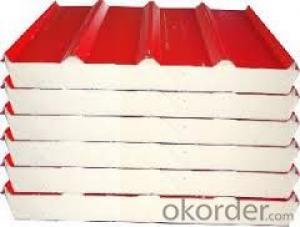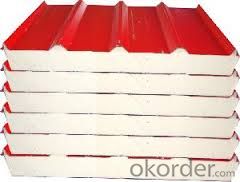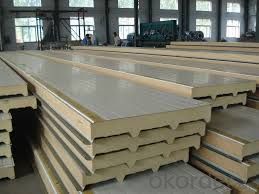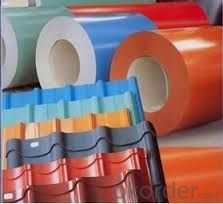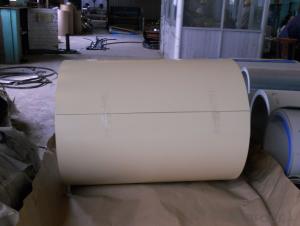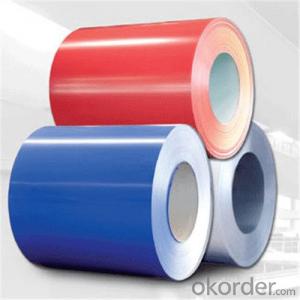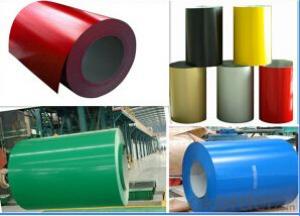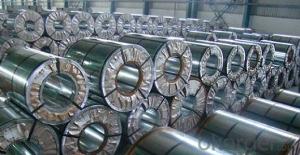Prepainted Galvanized Steel Coil/Hot Dipped Galvanized Steel Coil
- Loading Port:
- China main port
- Payment Terms:
- TT OR LC
- Min Order Qty:
- 25 m.t.
- Supply Capability:
- 1000 m.t./month
OKorder Service Pledge
OKorder Financial Service
You Might Also Like
Pre-painted Steel Coil
Product Description
Commodity: Hot dipped galvanized steel coil
Size: Thickness: 0.20mm to 1.2mm; Width: 500mm to 820mm
Surface finish: Regular spangle; Small spangle
Surface treatment: Chromated passivation
Zinc coating: Z08, Z12, Z18
Packing: Mill's standard packing for exporting
Usage: used in the industries such as construction ,cold rolling forming and electro mechanics manufacturing, household electric appliance manufacturing and etc
Standard adopted: GB/T2518-1998;Also we supply such steel strips according to JIS,ASTM standard to meet users'requirements.
Steel grade: Q195,Q195L,SPCC(Other material require agreement )
Equivalent standard: JIS G3302 1998 or ASTM A653M/A924M 1998
Price Terms: FOB, CIF Term
Payment Terms: T/T, L/C at sight
Delivery: 15 days after receiving your valid L/C/down payment
andard | EN 10142 | DX51D+Z, DX52D+Z, DX53D+Z |
JIS G3321 | SGCC, SGCD, SGCDD, SGC400 | |
ASTM A792M | CS type C, CS type B, DS, SS250 | |
Base Metal | Cold rolled steel coils SPCC, SPCD, SPCE, DC01, DC03, DC04, CS, DS, DDS, Q195, Q250, Q350 | |
Thickness | 0.14mm-3.0mm | |
Width | 600mm-1600mm | |
Coil ID | 508mm, 610mm | |
Zinc coating | 60g/m2-450g/m2 | |
Surface treating | chromium free passivation, chromium passivation, fingerprint resistant, oiled | |
Spangle types | Minimal spangle, zero spangle, regular and big spangle | |
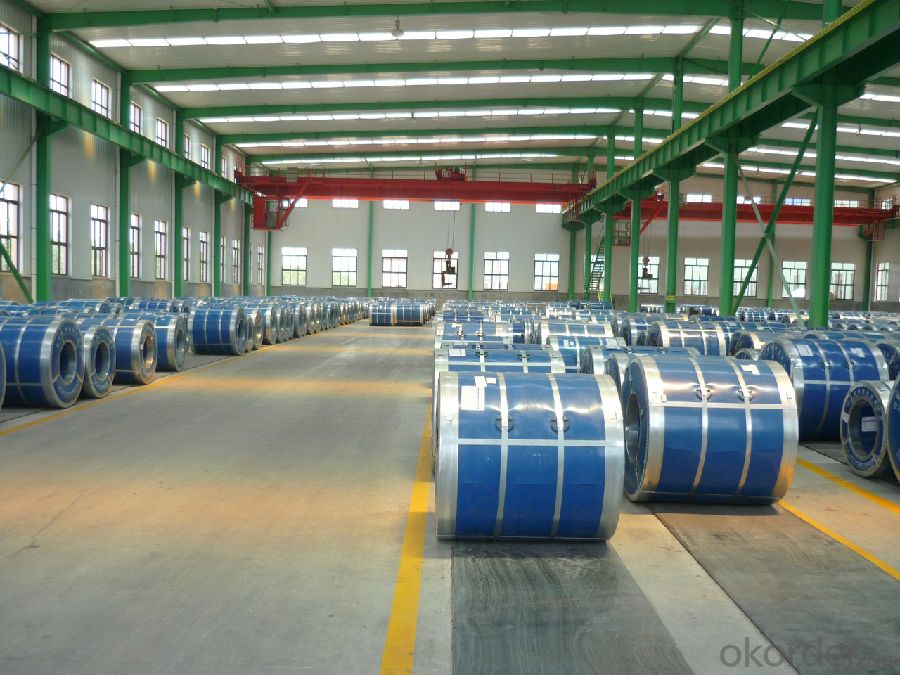
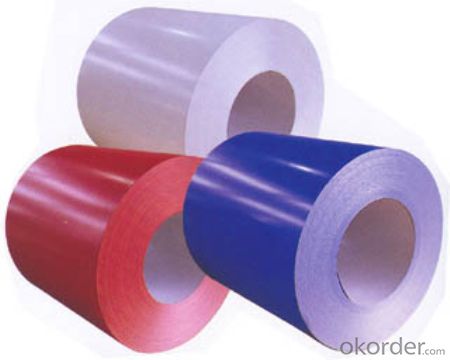
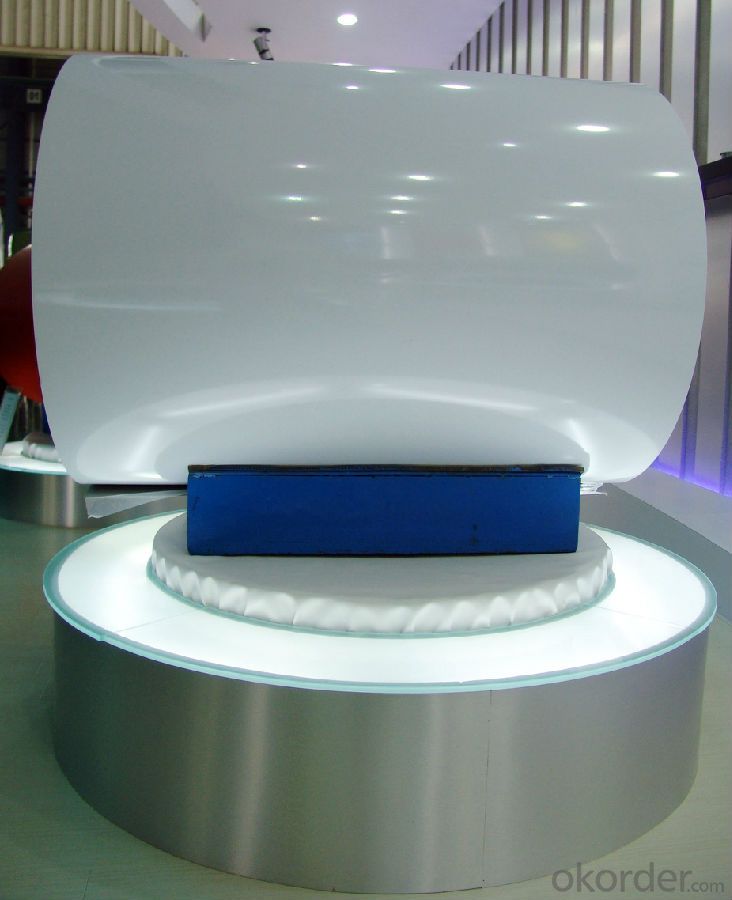
- Q: I was reading about the Colt 38 Super Custom and it said it's optional between a carbon steel frame or a stainless steel frame. What is the difference? There is also a choice between aluminium or stainless steel hammers and triggers can you also tell me the difference between them please?
- Carbon steel will corrode much more easily than stainless steel, and stainless can be made stronger than carbon steel. Stainless steel is also usually heavier than carbon steel, which helps to control recoil when the gun is fired (recoil is not eliminated, only reduced). Stainless steel can also be polished to a mirror finish, so it doesn't have to be chrome-plated for that shine. Probably the biggest plus to using stainless over carbon steel, though, is the fact that it is far less prone to crystalization than carbon steel. When steel crystalizes, it becomes brittle, and can break at the worst possible times. Bad thing about stainless: It generally costs more. Aluminum is much lighter than any steel, size-for-size, and can be just as strong, if not stronger, than steel; I've worked with aluminum alloys that require special-made tooling. The difference, besides the weight issue, is that aluminum (even most alloys) will become softer when it is heated to a specific point -- which is why it is not used for the barrels of firearms using explosive powders as the propellent source. Because of the cost of the alloys which can withstand the heat generated in the barrel of a firearm, it is just less expensive to use a steel barrel. And for a fella that is so pro-gun, the previous answerer sure seems ignorant of 'em.
- Q: I should have known, but magnets don't stick to stainless steel, so now I'm at a loss, I can't display my photos on the fridge. any ideas?
- Elmers, the glue maker, make stuff called Tack Adhesive Putty. It looks like a stick of kids clay or silly putty, but you tear off pieces of it and stick them to the fridge. Then stick your pictures to the putty! Works great and comes off easily.
- Q: i have a guitar with three nylon three steel strings. Am i able to replace the nylons with steel strings?
- earlier you circulate approximately any extensive alterations, take the guitar to a qualified technician and notice approximately having the strings, or action diminished nearer to the fretboard. this could take very numerous soreness off of his palms, because it feels like the guitar hasn't been set-up in any respect, or a minimum of superb. A neck adjustment, if mandatory, might additionally help this issue. If he continues to be experiencing finger soreness (he might might desire to undergo some), attempt a lighter gauge set of strings (steel). a good tech can help you there, too. Nylon strings are not going to paintings properly in any respect on a non-classical guitar; the parameters are in basic terms different adequate between the two certainly one of them to end not something greater suitable than to waste your money. the main uncomplicated issue I see on a conventional foundation is that guitars are offered and offered without suitable set-up. An experienced tech will examine the neck configuration; the bridge alignment; saddle top; venture end; nut clearance; and action on an acoustic guitar. There are much greater info on an electric powered. Please detect a music/guitar save that does this form of paintings on the premises. My concept is that the finished relatives will income. Cheers decrease back atcha!
- Q: How are steel coils protected during transportation?
- Steel coils are protected during transportation through various measures to ensure their safety and prevent damage. One common method is the use of high-quality packaging materials such as heavy-duty plastic wrapping or waterproof paper. These materials provide a protective barrier from external elements like moisture, dust, and debris. Additionally, steel coils are often placed on wooden pallets or skids to elevate them from the ground and prevent direct contact with surfaces that could potentially cause scratches or dents. To further safeguard the coils, they are securely strapped or banded to the pallets using strong, corrosion-resistant metal strapping or bands. This helps to keep the coils in place and prevent any movement or shifting during transportation, minimizing the risk of damage. Moreover, steel coils are often loaded and secured onto flatbed trailers or shipping containers using specialized equipment like coil cradles, coil racks, or coil bunks. These devices are designed to hold the coils firmly in place and distribute the weight evenly to avoid any stress or strain during transit. In addition to physical protection, steel coils may also undergo various surface treatments before transportation to prevent corrosion. This can include applying a protective coating or oiling the coils to create a barrier between the steel and the surrounding environment. This process helps to prevent rust or other forms of corrosion during transit, especially when the coils are exposed to adverse weather conditions or long shipping durations. Overall, a combination of proper packaging, secure strapping, and appropriate loading techniques are employed to protect steel coils during transportation, ensuring their safe arrival at their destination without any significant damage.
- Q: How are steel coils used in the manufacturing of agricultural sprayers?
- Steel coils are used in the manufacturing of agricultural sprayers primarily for constructing the frames, supports, and structural components of the sprayers. The high strength and durability of steel make it suitable for withstanding the harsh conditions and heavy loads associated with agricultural operations.
- Q: How are steel coils used in the production of agricultural trailers?
- Steel coils are used in the production of agricultural trailers to provide strength and durability. The coils are shaped into various components of the trailer's structure, such as the frame and chassis. This ensures that the trailer can withstand heavy loads and rough terrain, making it suitable for transporting agricultural equipment and produce.
- Q: What are the dimensions of steel coils used in the railway equipment industry?
- The dimensions of steel coils used in the railway equipment industry can vary depending on the specific application and requirements. However, common dimensions for railway steel coils typically range in thickness from 1.5mm to 25mm and in width from 600mm to 2000mm. The inner diameter of the coil is typically around 508mm, while the outer diameter can range from approximately 900mm to 2000mm.
- Q: Please people suggest me how can I select external finishing for Steel Building as there is a wide range of choice available.
- Hi okorder /
- Q: How are steel coils used in the construction of buildings?
- Steel coils are used in the construction of buildings primarily for their strength and durability. These coils are typically formed into beams, columns, and other structural components, providing a sturdy framework. Additionally, steel coils can be shaped into sheets or plates used for roofing, walls, and flooring, offering excellent resistance to weather and fire. Overall, steel coils play a crucial role in ensuring the stability and longevity of buildings.
- Q: What are the common maintenance practices for steel coils?
- Common maintenance practices for steel coils include regular cleaning to remove dirt, debris, and moisture, applying protective coatings to prevent corrosion, proper storage to avoid damage and contamination, and periodic inspections for any signs of damage or wear. Additionally, proper handling and transportation practices should be followed to prevent bending or crushing of the coils.
Send your message to us
Prepainted Galvanized Steel Coil/Hot Dipped Galvanized Steel Coil
- Loading Port:
- China main port
- Payment Terms:
- TT OR LC
- Min Order Qty:
- 25 m.t.
- Supply Capability:
- 1000 m.t./month
OKorder Service Pledge
OKorder Financial Service
Similar products
Hot products
Hot Searches
Related keywords
